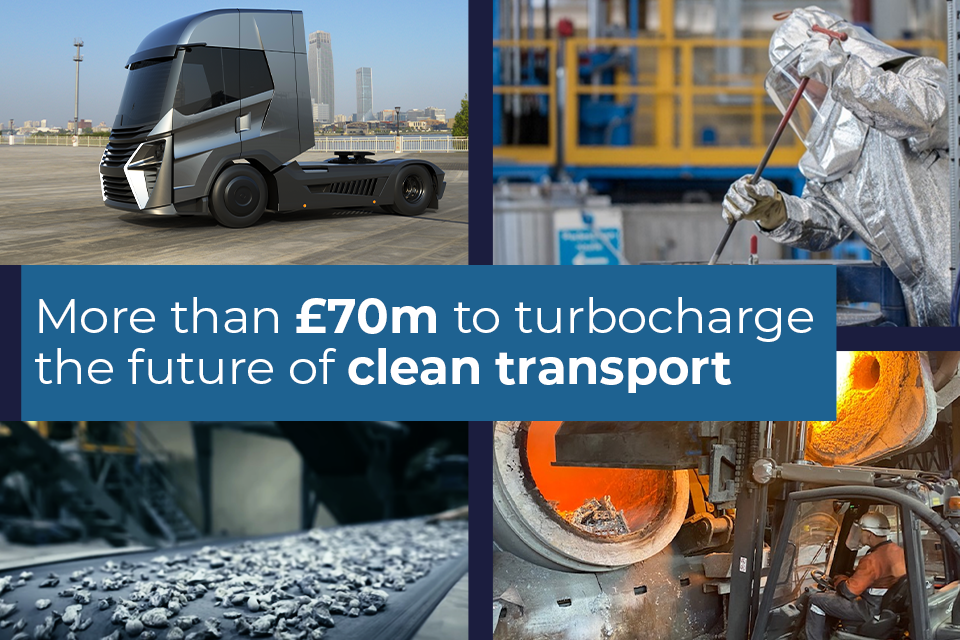New hydropower schemes to help transform and preserve some of the country’s historic watermills face being wrecked by a huge increase in application fees, energy campaigners warn.
Some watermills have already had turbines installed to generate clean electricity, but campaigners say there are hundreds more across Britain which could be converted to hydropower to help conserve the sites and power the nation.
The Environment Agency now faces criticism for discouraging small-scale hydropower schemes which can be installed in watermills after increasing application costs on 1 April in England from £1,500 to fees ranging from £6,110 to £13,392 – in some cases, a 790% increase. A decade ago, the application fee for a hydropower scheme was just £135.
The money is not returned for an unsuccessful application, meaning many potential schemes are likely to be unaffordable.
Sir Jonathon Porritt, the environmental campaigner and former director of Friends of the Earth, said: “At a time when we should all be doing everything we can to promote sustainable renewable electricity, the fact that the Environment Agency has become the biggest threat to maintaining and restoring traditional watermills is truly shocking.
“There has to be a change of heart before this reckless vandalism causes further damage.”
Watermills were built in Britain in Roman times, and by the 11th century there were more than 6,000 across the country. Most mills were used to grind corn, and in the second half of the 18th century many were built to power the mechanised cotton industry.
There were more than 20,000 watermills in Britain by the 19th century, adapted for a range of uses from powering forge hammers to paper manufacture and grinding bones for fertiliser. Many were later abandoned and fell into ruin.
Recent years have seen a drive to repurpose watermill sites into hydropower schemes, with many successful projects across the country. Rupert Armstrong Evans, 72, an engineer who lives at the 600-year-old Trecarrell Mill on the River Inny near Launceston in Cornwall, said he wanted a new hydropower scheme to replace a previous outdated installation, but faced numerous obstacles from the Environment Agency.
Armstrong Evans has been advising on several potential schemes at watermill sites and said it would now be almost impossible for them to go ahead because of the new charges, including his own scheme. Application charges for a small hydropower scheme and water source heat pump at a typical mill would be more than £19,000, he said
“This consigns working watermills to history as there is no way that mill owners can meet the cost or negotiate the bureaucracy involved,” he said. “The opportunity to repurpose mills to generate domestic green electricity will be lost, along with the weirs and millstreams that have been a feature of the British landscape since before the Norman Conquest.”
Members of at the Wyre Mill Club, a social and boating club at a former watermill on the River Avon near Pershore in Worcestershire, hoped to harness the power in the culverts under the mills for a hydropower scheme, but consider the new application fees are disproportionate.
David Stanford, chair of the Wyre Mill Club committee, said: “This actually makes it unfeasible. We are answerable to members on how we spend their money and it’s ludicrous to pay £15,000 just for the application fees. We hope the government will change its mind on this.”
There are about 1,560 hydropower schemes in the UK. The minimum cost of a scheme is about £35,000, and the government says in its impact assessment that the increased fees may be a “disincentive” for small hydropower schemes but there had only been a small number of applications in recent years.
The agency said its staff costs for applications for water abstraction are about £100 an hour,, and it wants to increase the charges to reflect the costs. It says the new charging framework is to protect the environment and England’s long-term water supply.
Simon Hamlyn, chief executive of the British Hydropower Association (BHA), said: “The concept of hundreds of old mills being restored to pristine condition is an attractive proposition, but the Environment Agency has put the final nail in the coffin of new hydropower in England.”
Nuclear Free Local Authorities (NFLA), a group of councils campaigning for renewable energy, has written to the environment minster Rebecca Pow, asking for small hydropower schemes to be exempted from the charges. David Blackburn, NFLA chair, said: “This increase is outrageous and illogical.”
An Environmental Agency spokesperson said: “We support sustainable growth and the contribution made by renewables but this must be done in a way that continues to safeguard the environment. The change to [hydroelectric power] application charges reflects the fact that determining a licence is complex and takes time due to considerable and wide-ranging risks to the environment.”


